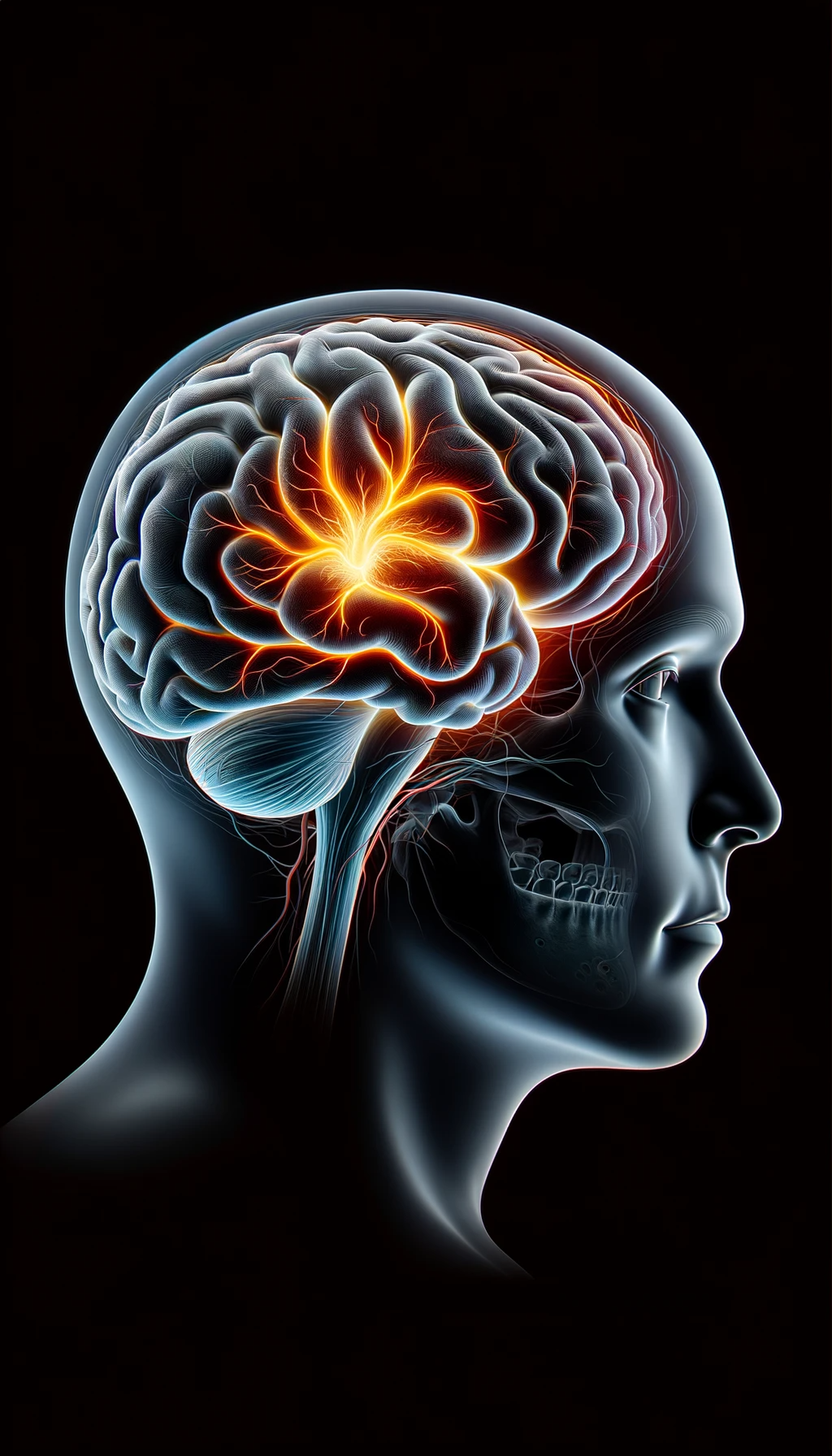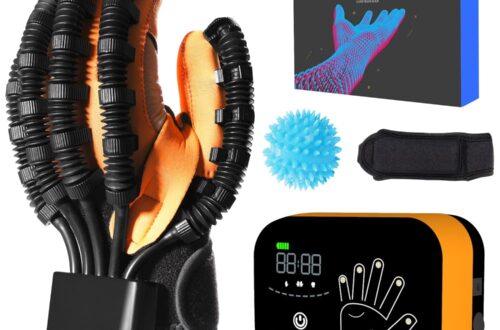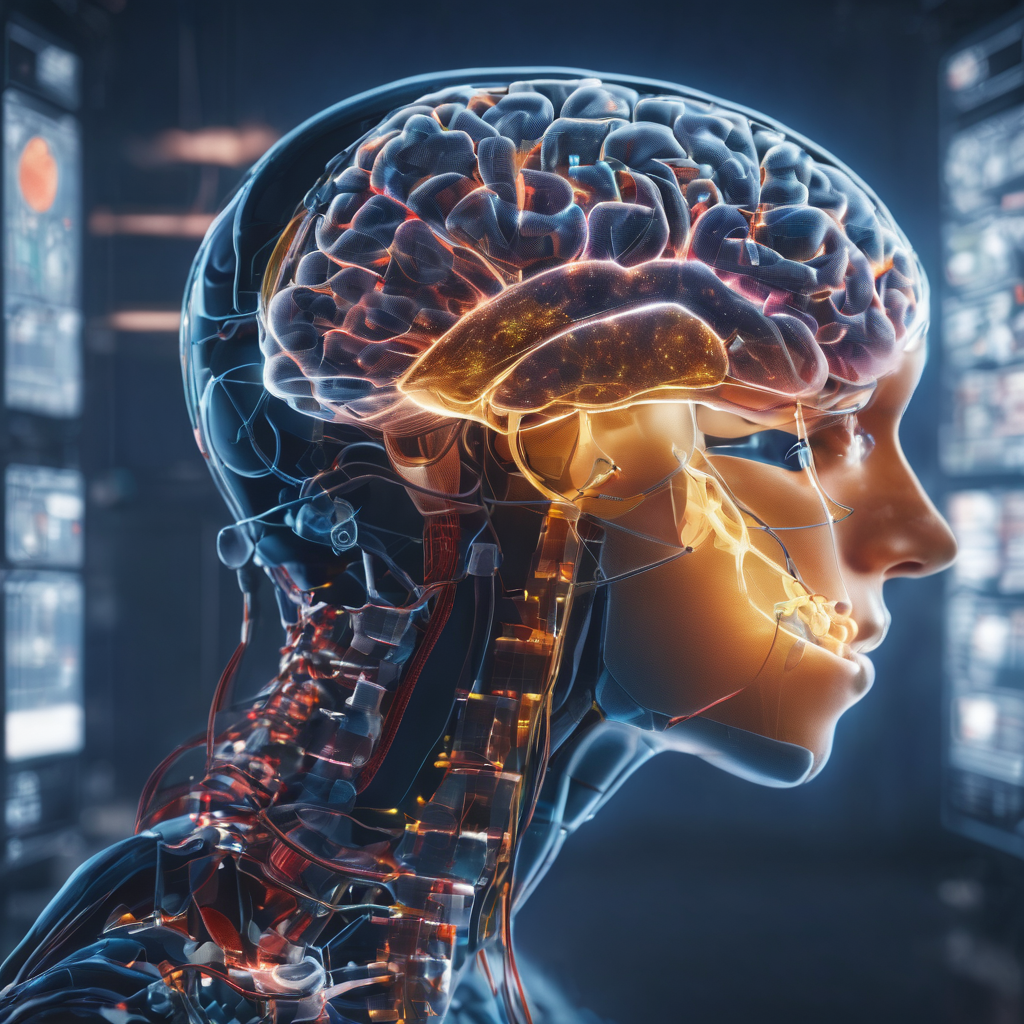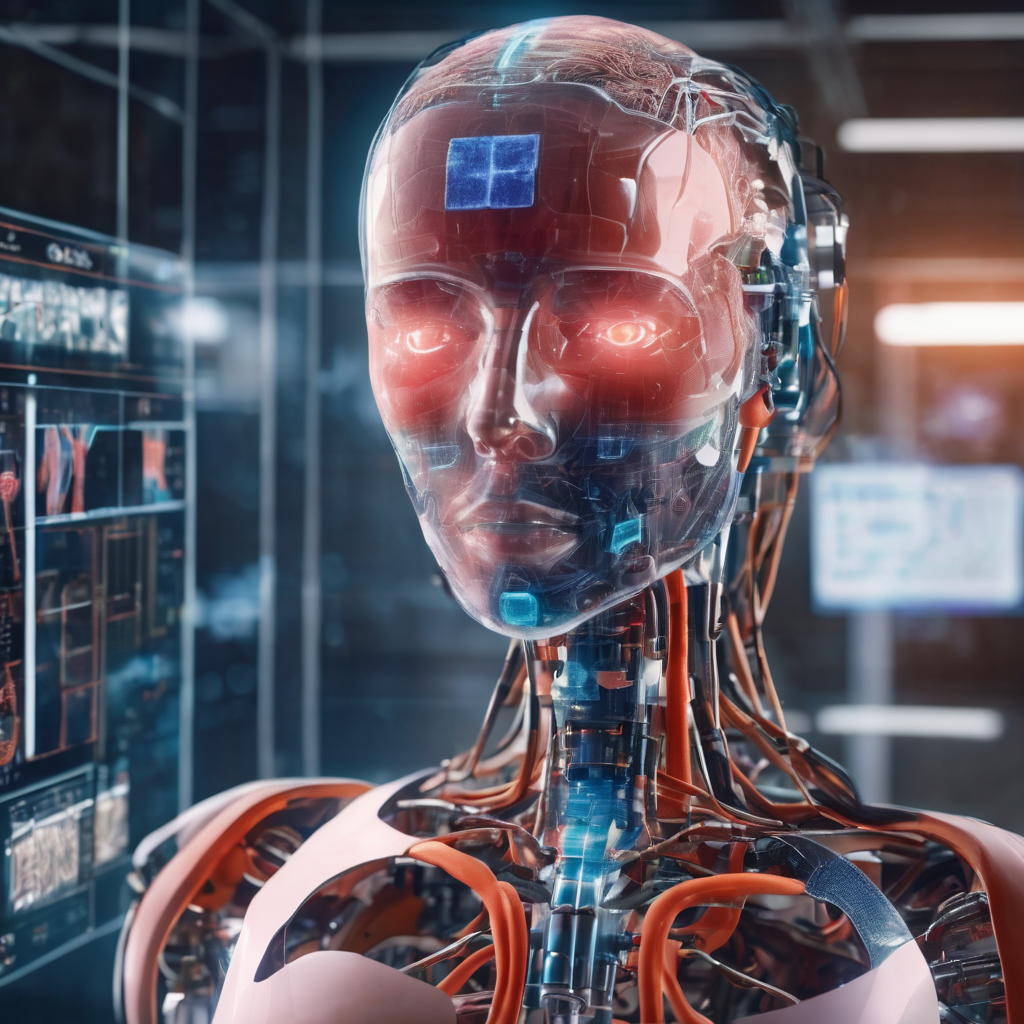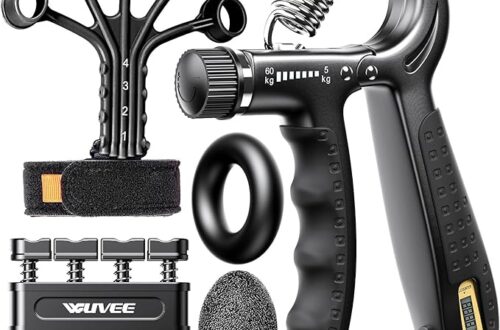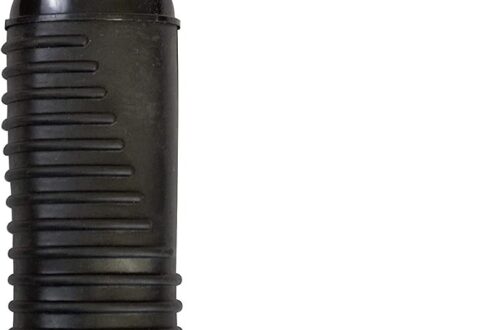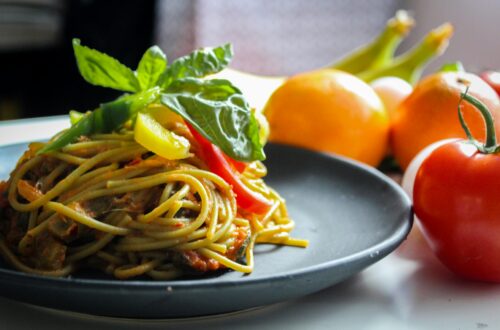The application of Artificial Intelligence (AI) in stroke diagnosis represents a significant advancement in medical technology, offering the potential to enhance the accuracy, speed, and efficiency of diagnosing stroke types and severity. This in-depth analysis explores the role of AI in stroke diagnosis, focusing on machine learning and deep learning techniques, and reviews scientific evidence to understand its effectiveness and future potential. The Role of AI in Stroke Diagnosis Machine Learning and Deep Learning Machine learning (ML) and deep learning (DL), a subset of ML inspired by the structure of human neural networks, are at the forefront of AI applications…
-
-
As we navigate through life’s later chapters, understanding the signs of a stroke becomes increasingly crucial for women over 40. This period brings its own health considerations, with strokes representing a significant risk where early symptom recognition can dramatically influence outcomes. It’s about safeguarding your future, ensuring you’re prepared to act when moments matter most. Being alert to stroke symptoms is a critical aspect of your health strategy. An abrupt loss of strength or feeling, especially on one side of the body, could signal a stroke. This can affect the face, arm, or leg, signaling an urgent need for medical…
-
In the rapidly evolving field of medical technology, Artificial Intelligence (AI) has emerged as a beacon of hope, offering innovative solutions to some of healthcare’s most pressing challenges. Among these, stroke care stands out as an area where AI has the potential to make a significant impact. A recent study, which has garnered attention for its groundbreaking findings, serves as a testament to the transformative power of AI in diagnosing, treating, and managing stroke patients. A Glimpse into the Future: AI’s Role in Stroke Diagnosis Stroke diagnosis is a critical first step in the management of this acute medical condition.…
-
Artificial Intelligence (AI) has shown promising advancements in various healthcare sectors, including the management, diagnosis, and rehabilitation of stroke. Stroke, a leading cause of disability and death worldwide, requires rapid and accurate diagnosis and treatment to minimize brain damage and improve outcomes. AI technologies, particularly machine learning and deep learning, are being integrated into stroke care pathways to enhance efficiency, accuracy, and patient outcomes in several ways: 1. Early Detection and Diagnosis 2. Treatment Decision Support 3. Rehabilitation 4. Monitoring and Prevention of Recurrence Challenges and Considerations While AI holds great promise in transforming stroke care, there are challenges to…
-
Online therapy has transformed the landscape of mental health support, making it more accessible, convenient, and adaptable to the needs of individuals across the globe. This revolutionary approach to psychological services leverages technology to provide therapeutic interventions via the internet, offering numerous benefits over traditional, in-person therapy. Here’s an engaging and informative look at how online therapy is beneficial and why it’s becoming a preferred choice for many. Breaking Barriers to Access Geographical Freedom: One of the most significant advantages of online therapy is its ability to transcend geographical barriers. Individuals living in remote or underserved areas, where mental health…
-
Tara’s story is a profound testament to the human spirit’s capacity to overcome adversity and reclaim control over one’s life after a stroke. Her journey, marked by determination, resilience, and an unwavering commitment to recovery, offers hope and inspiration to stroke survivors everywhere. Through her narrative, we’re reminded of the incredible challenges faced by those who experience a stroke and the possibility of emerging stronger on the other side. The Moment That Changed Everything For Tara, like many stroke survivors, the journey began unexpectedly. A stroke can strike out of nowhere, altering the course of a person’s life in an…
-
In today’s fast-paced world, young women are often juggling multiple roles and responsibilities, sometimes at the expense of their health. Among the myriad health challenges, stroke stands out as a particularly deceptive threat, with crucial, yet frequently overlooked signs. It’s essential to spotlight the importance of recognizing these subtle symptoms, focusing on prevention and empowerment for a healthier future. Strokes are commonly associated with older age, yet they do not discriminate, affecting individuals across all age groups, including young women. The key to prevention lies in awareness—understanding that strokes can manifest differently in younger demographics, with symptoms that are often…
-
In the landscape of stroke recovery, each survivor’s tale is a deeply personal odyssey that speaks to the resilience of the human spirit. Phil’s story is a poignant example of this, offering a powerful narrative about facing life’s unexpected challenges head-on and discovering strength in vulnerability. Through his journey, Phil illuminates the path of acceptance, adaptation, and ultimately, transformation following a stroke. The Unexpected Turn Phil’s life took an unforeseen detour when he experienced a stroke, an event that propelled him into uncharted territories of self-discovery and recovery. Strokes, which occur due to a disruption in blood flow to the…
-
In the world of stroke recovery, every survivor has a story that shines a light on the path of resilience, hope, and determination. Emily’s story is one such beacon, illuminating the possibilities of life after a stroke. Her journey is not just about overcoming the physical and emotional challenges that accompany a stroke but about embracing a new lease on life with courage and positivity. The Day Everything Changed For Emily, like many stroke survivors, the journey began unexpectedly. A stroke is a sudden interruption in the blood supply to the brain, leading to potentially severe physical and cognitive impairments.…
-
Recovery from a stroke represents one of the most challenging journeys that many individuals may face in their lifetimes. It’s a process that tests not only physical strength and endurance but also mental resilience and emotional fortitude. Drawing from the heartening stories of stroke survivors, especially those shared by the community at Different Strokes—a UK-based organization dedicated to supporting younger stroke survivors—we uncover invaluable lessons on navigating the intricate path of recovery. These stories do not merely recount the hardships and triumphs; they serve as beacons of hope, guiding others through their recovery journey with real-world wisdom and empathy. Why…
-
Occupational therapy stands as a beacon of hope and empowerment for individuals navigating the complexities of physical, emotional, or developmental challenges. In the heart of healthcare, occupational therapists in the USA dedicate their expertise to unlocking the full potential of those they serve, fostering independence and enhancing quality of life. This article delves into the essence of occupational therapy, unveiling how to identify the top professionals in the field and the transformative impact they have on lives across the nation. The Pillars of Excellence in Occupational Therapy Top occupational therapists are distinguished not just by their credentials but by their…
-
Introduction As we navigate through life’s later chapters, understanding the signs of a stroke becomes increasingly crucial. This guide focuses on equipping women over 40 with the knowledge to identify stroke symptoms swiftly, emphasizing the importance of early detection and prompt action without leaning heavily on a gentle approach. The Importance of Awareness Entering the fourth decade brings its own set of health considerations. Strokes stand out as a significant risk, where early symptom recognition can dramatically influence outcomes. It’s about safeguarding your future, ensuring you’re prepared to act when moments matter most. Key Stroke Symptoms Being alert to stroke…
-
Introduction Adaptive utensils are a boon for individuals with limited mobility, dexterity issues, or certain health conditions that make everyday tasks like eating a challenge. With a plethora of options available on Amazon, selecting the right adaptive utensils can be overwhelming. This guide aims to simplify your decision-making process by highlighting key factors to consider when purchasing adaptive utensils. Understanding Adaptive Utensils Adaptive utensils are specially designed eating tools that cater to the needs of individuals with physical limitations. They include a range of products like weighted utensils, bendable forks and spoons, rocker knives, and utensil holders. These tools are…
-
Introduction For many individuals facing challenges with motor skills, arthritis, or other conditions that affect hand and wrist movement, the simple act of eating can become a daunting task. The Stainless Steel Angled Spoon Adaptive Utensils are designed to transform this daily challenge into a more manageable, and even enjoyable, experience. In this comprehensive guide, we will delve into the features, benefits, and considerations of these innovative utensils, making your purchase decision on Amazon easier and more informed. Understanding Angled Spoon Adaptive Utensils Angled spoon adaptive utensils are ergonomically designed to reduce the strain and discomfort associated with limited mobility…
-
Introduction Navigating daily life after a stroke, dealing with conditions like Parkinson’s disease, or managing age-related muscle weakness can be challenging, especially when it comes to the simple act of eating. Weighted utensils have emerged as a game-changer in this arena, offering a practical solution to help individuals regain their dining independence. In this article, we’ll explore the benefits of weighted utensils and how they can significantly improve the quality of life for many. What are Weighted Utensils? Weighted utensils are specially designed eating tools that have additional weight added to their handles. This extra weight provides greater control for…
-
Contoured grip utensils have been designed specifically to address the challenges faced by stroke survivors during mealtime. These utensils are tailored to aid those with hand and mouth coordination difficulties, as well as issues with chewing and swallowing. The primary goal of such adaptive eating tools is to reduce the physical demands of feeding, allowing users to eat more independently. One of the key features of these utensils is their contoured design. This design typically includes large, soft rubber handles that cushion the grip, making them particularly beneficial for stroke survivors with limited hand mobility. The ergonomic shape of these…
-
When talking about stroke, one of the things that instantly comes to mind is the health condition called high blood pressure, or hypertension. High blood pressure is the main risk factor for stroke. It is a serious condition and is called “the silent killer” because most of the time there are no obvious symptoms, and people who have it are not aware that they are hypertensive. This article will talk about how high blood pressure can be a factor in having a stroke. It will also touch upon the blood pressure threshold before being at risk of having a stroke,…
-
The journey of stroke recovery is a profound and multifaceted odyssey. It demands unwavering determination, resilience, and the right support systems in place. Among these support systems, professional guidance emerges as a crucial cornerstone. Stroke survivors often grapple with a range of physical and cognitive challenges that require expert assessment, personalized recommendations, and the application of specialized tools and techniques. In this expansive world of stroke recovery, professional guidance websites stand as beacons of expertise, offering a roadmap to regaining independence and embracing life anew. When it comes to stroke recovery, each individual’s experience is unique. Physical limitations, cognitive changes,…
-
Introduction Stroke patients often face numerous challenges in their daily lives, and even simple tasks like eating can become arduous. Fortunately, there are specially designed spoons that cater to the unique needs of stroke survivors, enhancing their dining independence and overall quality of life. This comprehensive summary delves into the world of these ergonomic spoons, exploring their features, benefits, and the importance of selecting the right one. Understanding the Challenges Faced by Stroke Patients To appreciate the significance of specialized spoons for stroke patients, it’s essential to understand the challenges they encounter. Stroke survivors may experience weakness in their hands…
